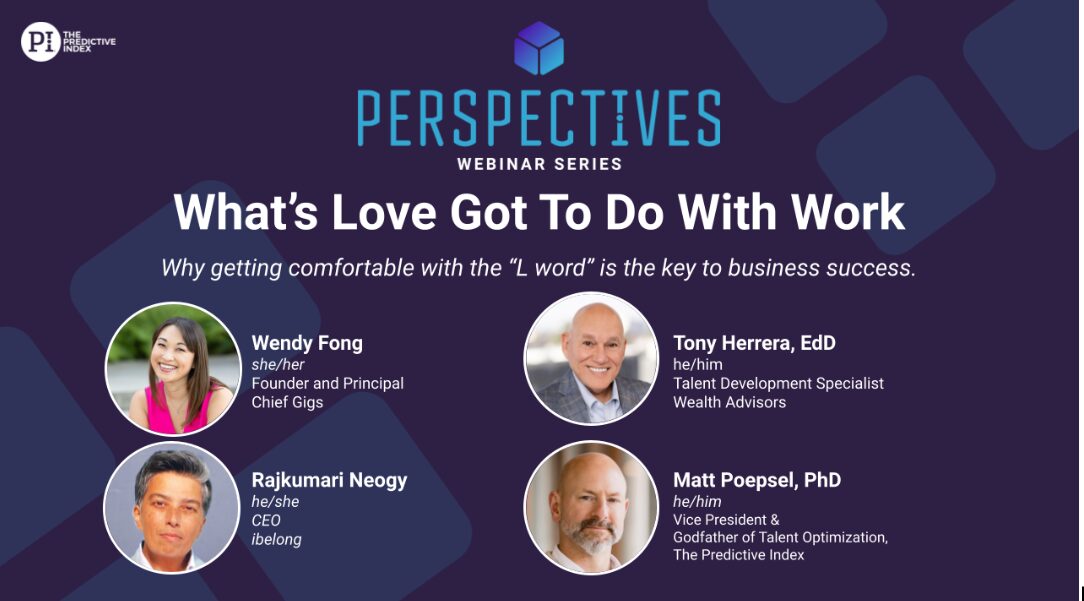Turnover in the trucking industry is a problem—a 77% of employees leaving kind of problem. While the average turnover rate across industries in the U.S. hovers around 18%, the trucking industry struggles against an impending talent shortage and the threat of a turnover rate that continues to climb.
How is it, then, that one CEO manages to operate a trucking business with an annualized turnover rate of 28%?
We sat down with Paul Marston, CEO of P.S. Marston Associates, to learn more about how he hires and retains top talent against industry odds.
A good truck driver is hard to find, but this one change can help.
“It’s been very difficult finding drivers to replace the retiring ones,” Marston remarked. And it’s for more than one good reason. In a strong economy, finding the right talent to fill open roles is always a challenge. On top of that, the trucking industry, according to Marston, competes heavily with construction.
Retaining new hires has been a hurdle for the small fuel hauler. Being in an economic time of plenty, wage competition is a challenging reality. For Marston, the solution was to try something new. “We pay based on a commission system, “ he revealed. “The drivers earn a percentage of what we charge the customer.”
How much of a disruption is that shift? “Our competition tends to pay by the hour,” Marston said, adding, “We feel commission better aligns the drivers’ incentives with the company’s.”
But going against the industry norm is a risk. Marston acknowledged a dramatic change in pay structure requires hiring a different kind of employee—one who’s wired to be driven to achieve success on a commission-based wage. And that’s when the company’s focus turned to fit.

What makes someone a good fit for the trucking industry?
Fit in the trucking industry, like in any other field, isn’t universal. That’s why it was so important for Marston to figure out his company’s needs in order to hire the right talent.
With the shift in compensation, Marston knew he had to, at the very least, find drivers whose values aligned with the company’s when it came to that policy. And those values needed to align with other behavioral factors to success as well.
To find these employees, Marston turned to The Predictive Index®. Using the job targeting and behavioral assessment, his team was able to pinpoint the qualities that were likely to make someone successful in a driving role at P.S. Marston Associates.
According to Marston, they needed to get the job targeting right so they could hire the right drivers. To be successful, drivers need to do more than just drive. “The truck driving part is easy,” Marston said. But there are more nuanced and demanding aspects of the job. Take fuel delivery, for instance.
“A successful fuel delivery takes several steps,” he continued. “And they must be done the same way every time. Loading each compartment. Properly recording their load. Being careful to load the right products. Then, at delivery, they have to manually gauge the tanks, convert inches to gallons, and do the math to ensure proper delivery.”
Now, Marston knew what he needed in a successful driver: Someone comfortable with repetition, able to provide quality work, cautious, and adept to follow a routine—not to mention comfortable with a commission structure where the employee’s performance dictates pay.
Job fit can tell employers a lot about whether or not an employee will thrive in their role and be engaged while performing it. Engaged employees are less likely to leave, and so reducing turnover requires creative work on the employer’s side.
What makes the right truck driver stay?
Marston knew the change in pay structure and understanding and hiring to the behavioral profile of a successful employee didn’t guarantee retention. That’s why he took it a step further by looking at the company itself and putting a focus on employee experience.
“We’re experimenting with slip seat incentives to share trucks,” he begins. “We continue to enhance our benefits programs. More importantly, we’re increasing the face time with our drivers. We also create a game environment around staying safe.”
That dedication to the employee experience—in combination with aligning employees with P.S. Marston Associates’ business goals and values—has created an environment where the turnover rate is nearly 50 points lower than the industry average.
A change that staggering can’t be ignored. Marston just might be onto something.
Join 10,000 companies solving the most complex people problems with PI.
Hire the right people, inspire their best work, design dream teams, and sustain engagement for the long haul.








